I recently had the opportunity to conduct a Q&A with Susan Magsamen and Ivy Ross, authors of Your Brain on Art. Here’s some background:
The three of us share an interest in art as a change agent in human life. You can read the full text of our Q&A below. The Honest Broker is a reader-supported guide to music, books, media & culture. Both free and paid subscriptions are available. If you want to support my work, the best way is by taking out a paid subscription.Ted: I’ve read some of your remarks about art transforming people’s lives. They resonate deeply with me—the power of song as a change agent is the focus of my own vocation. Was there a moment or personal experience that convinced you that art is more powerful than most people realize? Susan and Ivy: We both intuitively have known the power of the arts since we were kids. Ivy remembers when she was twelve, she painted her bedroom purple and would play the drums daily. Even then, she had an urge to express her voice through rhythm and a strong beat. This has led her to study the power of sound throughout her life. She has even used tuning forks in the workplace to address stress. Susan is a twin, and when she was about the same age, her sister Sandra had a serious accident and almost lost her leg. The emotional connection between twins is powerful, but it was broken when Sandra's accident caused tremendous trauma. A part of her brain called the broca area shut down and she literally could not find words to express her feelings. Their mom suggested Sandra start to draw, igniting the process of releasing unconscious fears and hopes on to paper. Almost instantly, this enabled the two sisters to reconnect. Susan began to understand the power of creative expression from then on. She realized that sharing our selves happens at a deep level, beyond words. Ted: You write in your book about the ways sound impacts our bodies. I’ve experienced this myself, for example when immersed in the sound of Tibetan singing bowls. It seems magical. What’s really going on in these situations? What does sound do to us? Susan and Ivy: It is magical and touches a part of us that is ancient and wonderful. We humans are over 60% water and water amplifies sound. Sound and music move through us rapidly, immediately changing us. Sound can release the “feel good” chemicals in our brains including serotonin, dopamine, and endorphin. And, sound enters our world early—at only 16 to 18 weeks, a fetus’ hearing has developed enough so that it can hear its mother’s heartbeat, breathing, and circulatory system, creating a sonic symphony around it. Research is also discovering that sound frequencies stimulate nitric oxide in our blood that regulates vascular tone, improving endothelial function. There are tempos and timbres that reduce stress and calm us, even a cat’s purring (a multi-frequency vibration between 25 and 140 Hz) relaxes us, just as there are notes and chords that grate upon our nerves, like fingernails on a blackboard. And sound lowers stress through the autonomic nervous system, decreasing limbic system brain stimulation. Sound at 40 Hz, combined with light, is even being studied to address Alzheimer’s Disease. We are receivers of sound as well as generators—as exemplified by our languages and music and our love of using both. Sound works with our other senses too, to keep us safe, raise our children, learn and impart knowledge, and experience the world around us. RELATED ARTICLES: How Neuroscience Confirms the Most Ancient Myths About Music The Most Dangerous Thing in Culture Right Now Is Beauty Is There a Science of Musical Transformation in Human Life? Ted: You undertook an ambitious project with Google to measure people’s bodily responses to aesthetic experiences in real time. This involved creating a series of immersive experiences at the international design fair in Milan, and tracking people’s heart rate, respiration, and other metrics. Can you tell us more about this, and what you learned? Susan and Ivy: The idea, from the Google Hardware Design Group, was to create an exhibition for the public to experience the concept of neuroaesthetics. Ivy’s team partnered with Advanced Technology and Projects at Google to create the necessary software, while Susan developed the neuroaesthetic principles that would ground the exhibition. Ivy partnered with New York-based architect Suchi Reddy and furniture design company Muuto, and A Space for Being was born. This type of immersive experience had never been done before, so we were the first to attempt such a large-scale analysis of biomarkers in a unique environment built specifically to capture space and physiological interactions. Suchi worked with us to design three rooms using neuroarts principle—Essential, Vital, and Transformational Rooms—each created with unique sensorial characteristics that were incorporated into the furniture, artwork, colors and textures, lighting, sounds, and scents. Each guest received a wristband as they entered the exhibit. The wristbands measured each person’s physiological responses —heart rate, respiration, and temperature—while they experienced the exhibit. Importantly, people were encouraged to explore without conversation or distraction—they were free just to “be.” Once they exited the exhibit, each person received a personalized data visualization that revealed the space in which their bodies felt most at ease ( least stressed ) based on their biological feedback in real time. Significantly, 56% of the visitors were surprised to learn that the room in which they believed (in their minds) they would feel most calm, was not what their biology indicated as the most calming space. Here’s the big insight: What we cognitively think and what we feel biologically do not always align. A major takeaway from A Space for Being is to pay attention to our feelings and the experiences that spaces create. We need to come back to our senses. Ted: I’m worried about the rise of scrolling and swiping apps on smartphones. These give users a quick dopamine hit in a way that tends to addiction. I fear that this is the antithesis of artistic experiences, which are more sustained and almost trance-inducing. Am I right to be worried, or is swiping through TikTok videos a healthy way for youngsters to spend their spare hours? Susan and Ivy: You are right to be worried. While social media does have its positive uses, it is affecting the way our young people behave and interact with one another and with adults. Many people prefer to text or be on social media rather than interact with other people in-person. The pandemic exasperated this. Attention spans are decreasing as well as the ability to focus and concentrate for extended periods of time. The Surgeon General, Vivek Murthy has sounded the alarm on the dire consequences of social isolation and loneliness. At the same time, we are optimistic. While some schools are decreasing the opportunities to participate in arts experiences, other schools have returned art to the curriculum, and organizations such as museums and public libraries are offering more immersive experiences. Parents and primary caregivers have a huge role to play in monitoring children’s use of TikTok and other apps, in addition to providing opportunities to participate in the arts. We are seeing communities respond to concerns about social media, loneliness, and isolation in innovative and interesting ways—including the creation of learning communities that bring together different types of organizations to learn from one another and elevate the impact of each. Ted: Many of us want to see more dialogue between artistic, creative fields and the STEM data-driven world. But sometimes it feels like these two approaches are at war. The people involved in music and neuroscience often teach at the same universities, but I rarely see them involved in dialogue. I’ve even heard music professors complain about neuroscience, almost as if some kind of turf war is going on. Do you run into this resistance? Can we create a real dialogue between the sciences and the arts? And what do we gain from this? Susan and Ivy: We believe that the only way for humanity to move forward is through the marriage of the arts and sciences. In our work we have seen this happening with tremendous speed and passion. Happily, we see the silos and turf issues resolving. But we agree with you that traditionally the divisions have been real and stark. The way research institutions are structured is conducive to siloing and focusing on extremely specific and narrow topics. This structure does not advance the needed holistic responses the world is hungry for. There is a tremendous shift underway where these same institutions have realized that arriving at solutions to society’s most intractable problems will not be achieved by one discipline, but by collaboration among many disciplines. In our book, Your Brain on Art: How the Arts Transform Us we shared dozens of examples of collaborative interdisciplinary translational work that is fueling real solutions in health, wellbeing, learning, and more. Indeed, we are seeing numerous significant breakthroughs, heralding a new way to work together. Ironically, it turns out that when you dig a little deeper, we have learned that many STEM professors are also deeply involved in the arts in their personal lives, fueling and inspiring some of their professional achievements. And we now know that artists’ processes of discovery are not so different from researchers. The takeaway is maybe we are not so different after all, but rather complement one another. The neuroarts field is the perfect space for the arts and sciences, math, engineering and technology to come together, and we have everything to gain and nothing to lose. Neuroscientists are working closely with artists in many institutions already. And you’ll see that when an institution’s leadership values interdisciplinary collaboration, that institution will find innovative ways to make it happen. Interdisciplinary work is not easy. It requires new incentives from institutions. It also demands creative processes for discovery to find solutions in novel and different ways. There are incredible dialogues and partnerships between the arts and STEM being sparked and fostered through the NeuroArts Blueprint. In the fall of this year, the Blueprint will launch a virtual watering hole called the NeuroArts Resource Center where anyone interested in the arts can come together to share and learn.
It’s an organic coming together of what the community has been asking for—where the arts, STEM, and many other interested people and organizations can share. Ted: Many of us in the creative world are concerned about artificial intelligence replacing human artists. A single AI company recently created 100 million new songs—essentially doubling the number of songs in the world. The AI music I’ve heard is very bad, but companies are using it to save money. Can we really entrust artmaking to AI? Isn’t something lost in this elimination of humans from art? Susan and Ivy: AI is changing the world in which we live so quickly, and it is humans who give AI the power to generate art. We must start exercising our own creativity and imagination to be able to co-create with AI, and together get to a new level of creativity that we cannot even imagine—as it does not yet exist. We believe that AI-generated art can be a tool to assist us in expressing ourselves, but it will never have the “heart” or depth that human-created art does. Technology might include sensors but it does not have the sensory systems that we humans have. We think, and fervently believe, that humans will always create art because it is our nature to express ourselves in the multitudes of ways we find to do that. What is extremely concerning to us is that school systems are removing the arts from the curriculum in favor of more academics and “teaching to the test.” If we don’t encourage and support our children making and beholding art in all its forms, we are in grave danger of losing the ability to not only express ourselves, but to heal, thrive, and learn. Research is confirming that the arts are critically important for the developing brain, social emotional learning, divergent thinking, executive function, neuro divergent thinking, collaboration, and so much more. Ted: What are you working on now? Susan and Ivy: We are continuing to spread the word about the power and science of the arts for our health, and wellbeing in virtually every sector of society. The world is hungry for what the arts and aesthetic experiences bring to our lives. It is as important as good nutrition, exercise, and sleep. It’s very exciting to see the movement that is being fueled by this work. At a global level the field of neuroarts is getting bigger and bigger, and the excitement and speed of adoption is extraordinary. We are also very focused on action. In June we will launch our first gathering with key stakeholders that can move the needle on expanding the field and its impact. We are exploring a number of projects including film, workshops, and social impact partnerships. Over the next several years we plan to work with many organizations to activate programs and policies that make neuroarts part of mainstream medicine, public health, and education. In so many ways, our work is just beginning. This is an amazing journey that we are so proud to be on. It’s critical for humanity at every level. You're currently a free subscriber to The Honest Broker. For the full experience, upgrade your subscription. |
Search thousands of free JavaScript snippets that you can quickly copy and paste into your web pages. Get free JavaScript tutorials, references, code, menus, calendars, popup windows, games, and much more.
Your Brain on Art
Subscribe to:
Post Comments (Atom)
When Bad People Make Good Art
I offer six guidelines on cancel culture ͏ ͏ ͏ ͏ ͏ ͏ ͏ ͏ ͏ ͏ ͏ ͏ ͏ ͏ ͏...
-
code.gs // 1. Enter sheet name where data is to be written below var SHEET_NAME = "Sheet1" ; // 2. Run > setup // // 3....
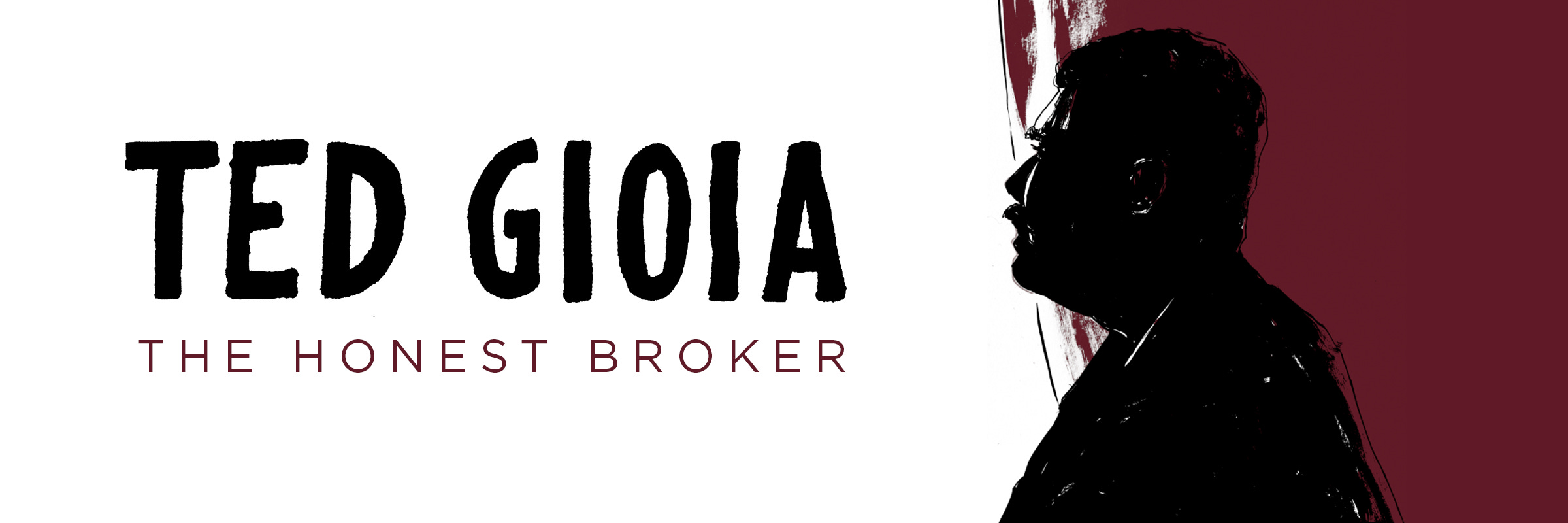
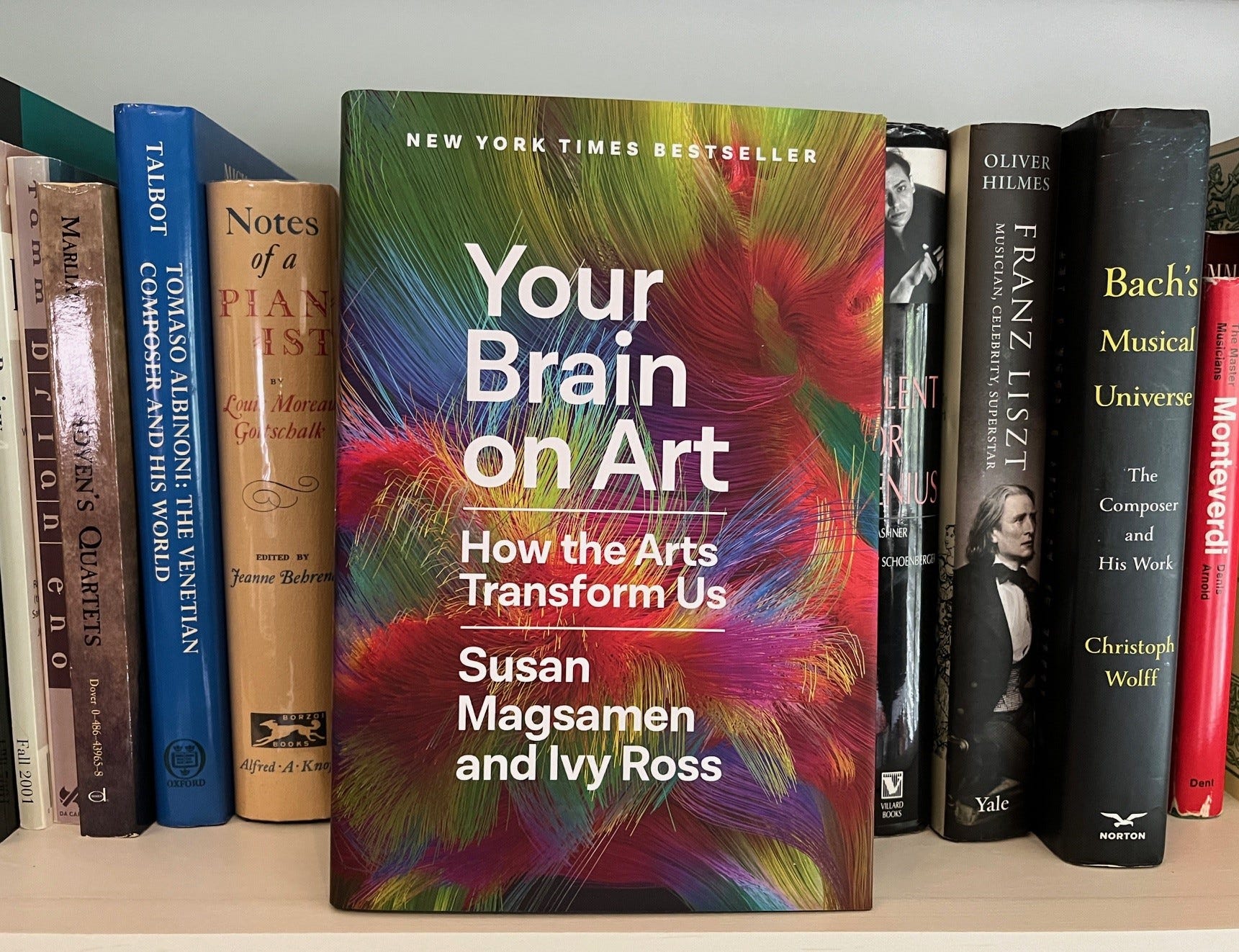
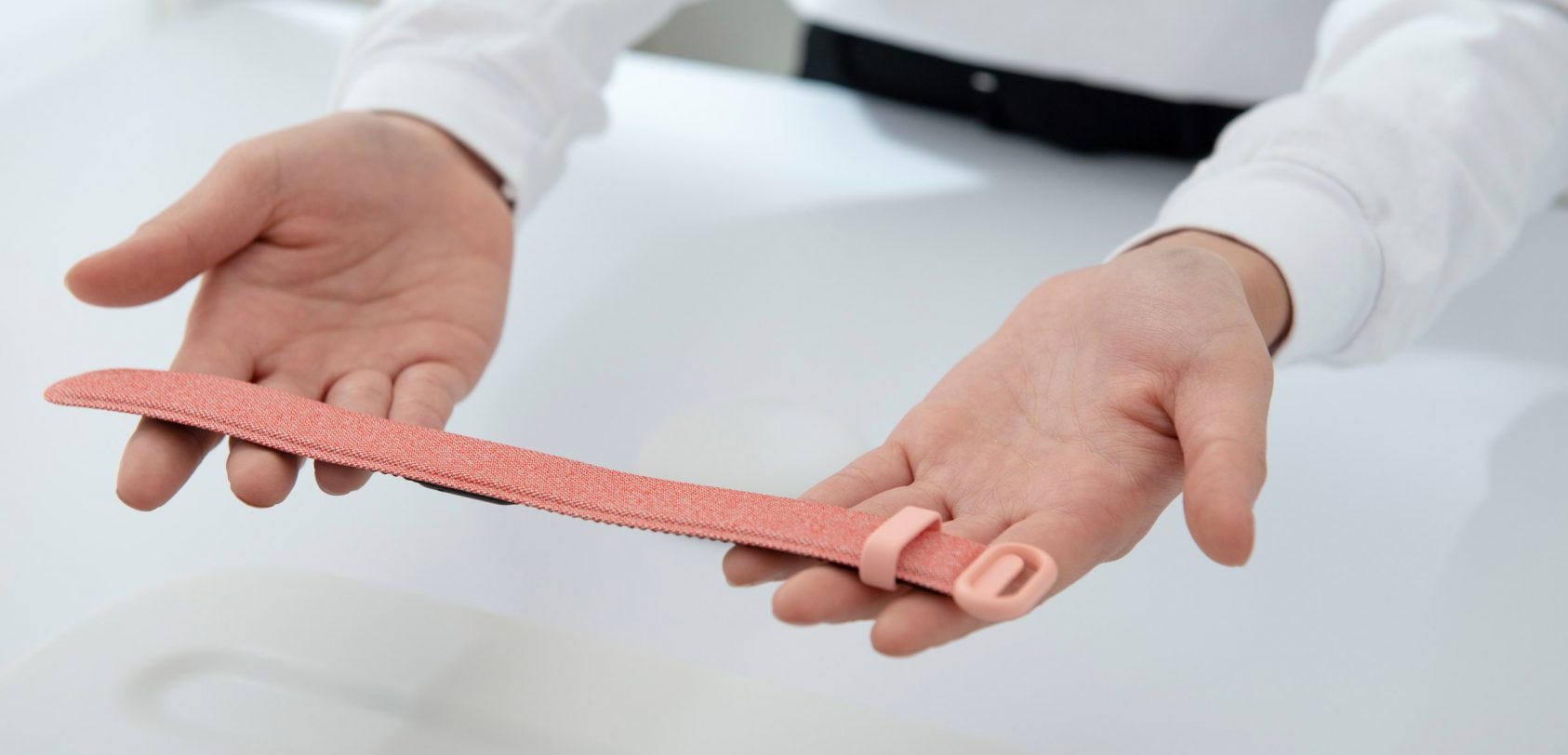
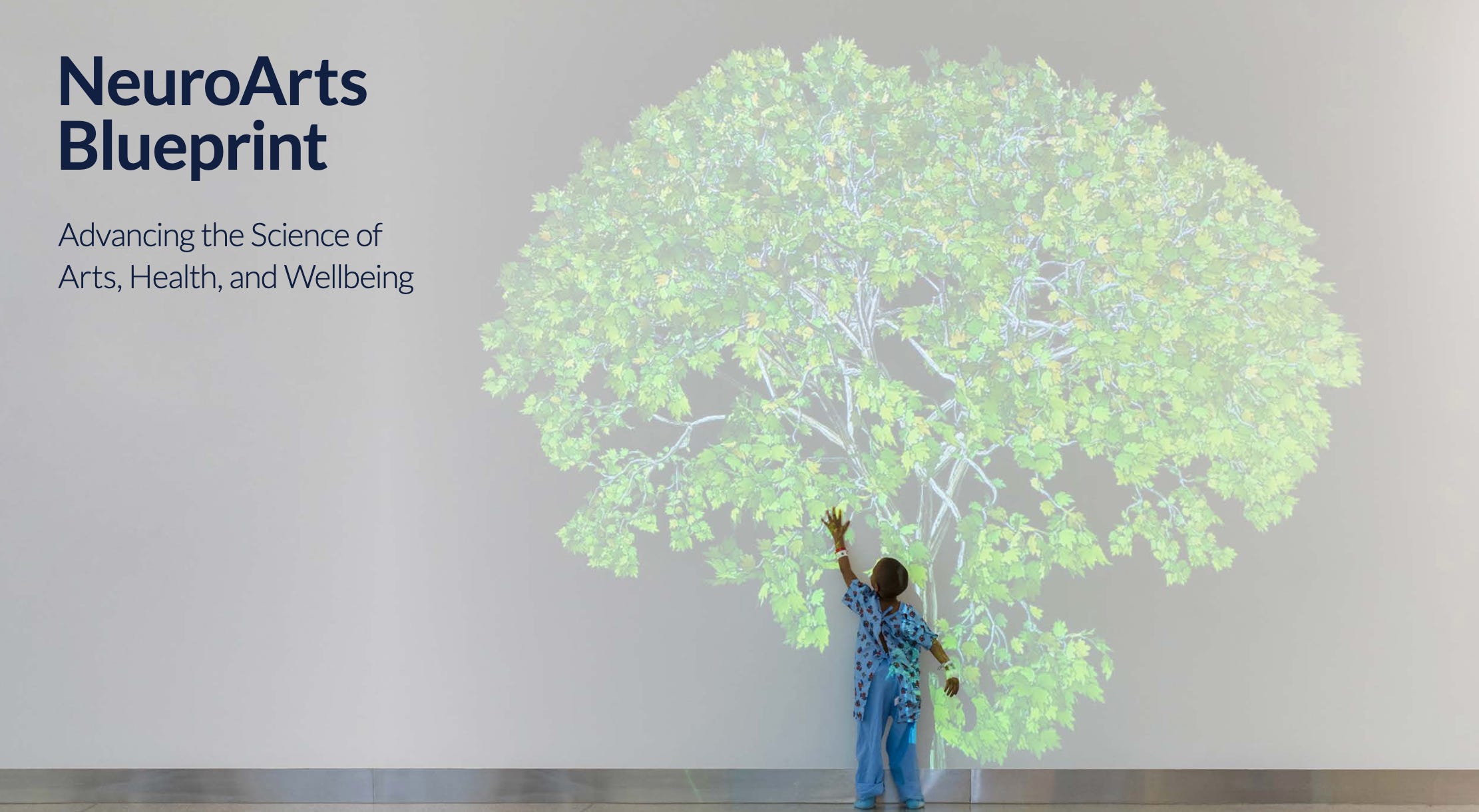
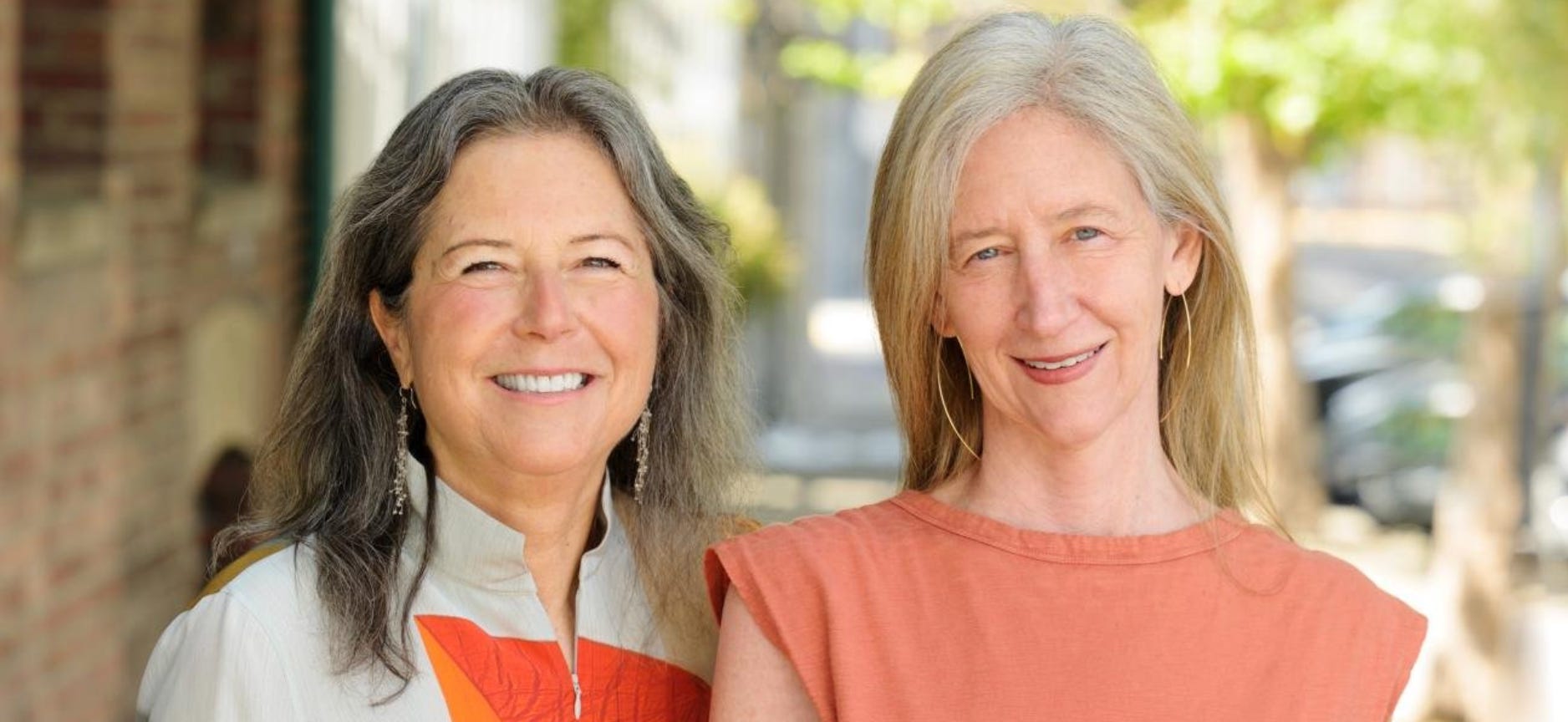
No comments:
Post a Comment